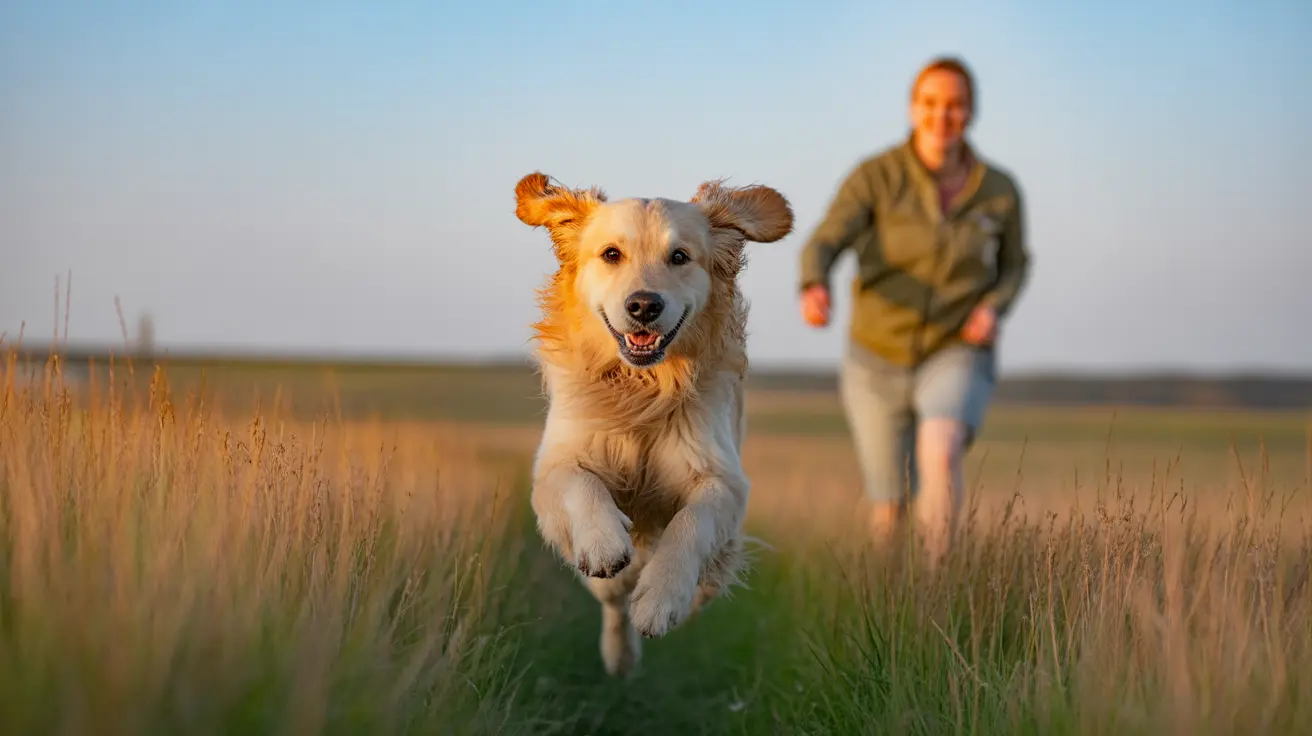Why Your Dog Lays With Their Bum Toward You
Many dog owners have noticed a quirky behavior in their furry companions—laying with their rear ends facing them. While it may seem curious or even off-putting, this behavior is rooted in natural canine instincts and holds several comforting meanings. Understanding why your dog does this can help strengthen your human-animal bond and assure you that your dog feels safe and deeply connected to you.
1. A Sign of Trust and Vulnerability
When your dog lies with their bum facing you, it often means they are fully relaxed and trust you immensely. In the animal kingdom, turning your back to someone can be seen as a vulnerable and non-threatening act. Your dog is essentially saying, “I feel safe with you.”
- Exposing the rear signals comfort and lack of fear.
- It shows the dog does not perceive you as a threat.
- It’s an intimate behavioral expression of affection.
2. Social Canine Communication
Dogs communicate a great deal through their body language, including their rears. In social interactions, dogs often sniff each other's rear ends to gather information about each other. Presenting their bum can be considered part of their friendly communication habits.
- Non-confrontational greeting: Turning the back avoids eye contact, which can be interpreted as aggressive among dogs.
- Dogs may extend this form of communication to humans as part of their bonding behavior.
3. Scent Marking and Ownership
Dogs have anal scent glands that produce unique odors. By placing or pressing their rear near you, they may be subtly marking you with their scent. This behavior signals that you are an important part of their social group or 'pack.'
- Territorial marking: This is a way your dog reinforces emotional and physical closeness with you.
- The scent functions like a canine signature, saying, “this is my human.”
4. Searching for Comfort and Affection
Some dogs enjoy having the base of their tail or lower back scratched. These areas are difficult for dogs to reach on their own, so they may lean against you or lay with their backs turned as a request for some loving attention.
- Physical comfort: Your dog may be seeking petting or itch relief.
- This is especially true if they initiate physical contact by backing into you.
5. Sleep Posture Reflects Emotion
Dogs convey a great deal through their chosen sleeping positions. A dog sleeping with their bum toward you is likely relaxed and confident in your presence. It also allows them to keep an eye on the surroundings while keeping you in their circle of safety.
- Security-based behavior: Your dog may be lying this way to protect and watch over you.
- Sprawling or side-lying can be combined with this position, indicating peace and contentment.
6. Breed Influences and Instincts
Some breeds are more inclined to this behavior than others. Herding breeds and affectionate dogs such as Labrador Retrievers and Golden Retrievers often exhibit stronger pack instincts and seek closeness more frequently.
- Genetic tendencies: Purebred behaviors can influence how dogs express affection or seek physical connection.
7. Attention to Medical Issues
While this behavior is usually benign and affectionate, owners should be aware of signs indicating potential discomfort. If your dog frequently rubs their rear or scoots across the floor, this may point to a medical issue.
- Potential health concerns: Anal gland infections, fleas, or skin irritation.
- Watch for additional symptoms: excessive licking, whining, or changes in behavior.
8. Debunking Myths About Dominance
There is a common but outdated belief that a dog showing its rear is signaling dominance. In fact, modern canine behavioral science tells us that this gesture is more often about trust, submission, and social bonding.
- Not a dominance display: Research shows this action reflects positive canine emotion, not territorial aggression or control.
- Companionship and trust are the true motivators behind this behavior.
9. Gentle Training and Redirection
If this action becomes too persistent or occurs in inappropriate moments (e.g., during guest visits), gentle training and redirection can be helpful.
- Use positive reinforcement to guide your dog’s greeting behavior.
- Provide alternative cues like sitting or offering a toy.
- Particularly useful for large breeds, where a ‘hip bump’ might be overwhelming for children or the elderly.
Conclusion: A Gesture of Love and Loyalty
Ultimately, when your dog lays with their bum toward you, they’re not being rude—they’re showing love, loyalty, and peace. By recognizing this, you can more fully appreciate the quiet yet powerful ways your dog expresses their trust. Embrace it as one of the many non-verbal connections that deepen your bond together.





